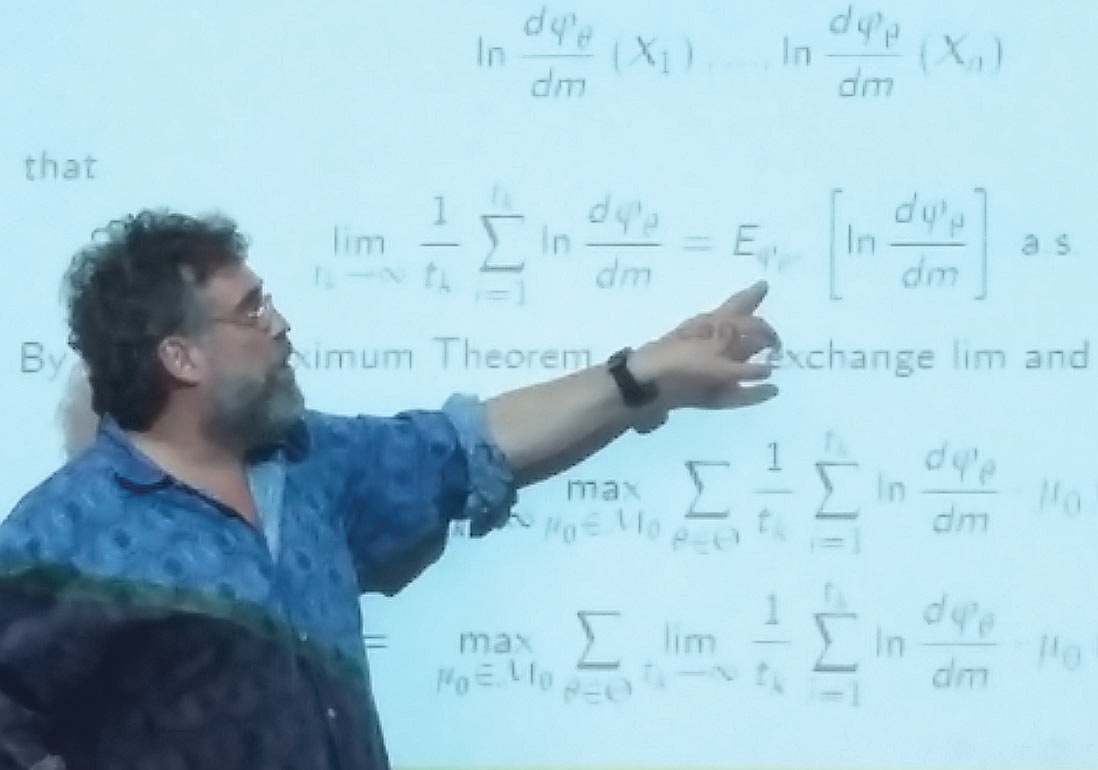 Professor Alexander Zimper
Professor Alexander Zimper
Decision theory formalises this state of uncertainty through state-space models. Professor Alexander Zimper, from the Department of Economics, works in the area of theoretical economics, focusing on behavioural biases and decision theory which are foundational to many of the questions addressed by empirical economists.
Traditional models of decision-making consider a decision-maker who resolves uncertainty about the ‘true’ state through a subjective probability distribution. Such subjective probabilities should either resemble objective probabilities, or they should converge to objective probabilities through learning. Influenced by insights from psychology, recent theories of decision-making emphasise ‘ambiguous’ decision situations in which decision-makers cognitively and/or motivationally deviate from this traditional model.
Central to Professor Zimper’s research is the question whether such ‘ambiguous’ decision situations are only short-term phenomena or change through learning. An experiment conducted with collaborating researchers showed that decision-makers’ ambiguity does not change through exposure to more information, indicating that in contexts of ambiguity, cognitive learning does not necessarily imply a change in behavioural biases.
In economic applications, he and fellow researchers have developed a model that applies to decisions taken over people’s life cycles. For example, the literature has identified age-dependent savings puzzles which show that young people save too little and old people save too much. At the same time, evidence shows that young people underestimate and old people overestimate their objective survival chances. The researchers’ calibrated model connects both empirical facts by explaining savings puzzles through ambiguous survival beliefs.